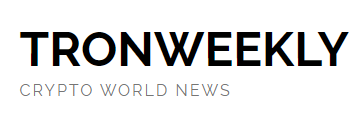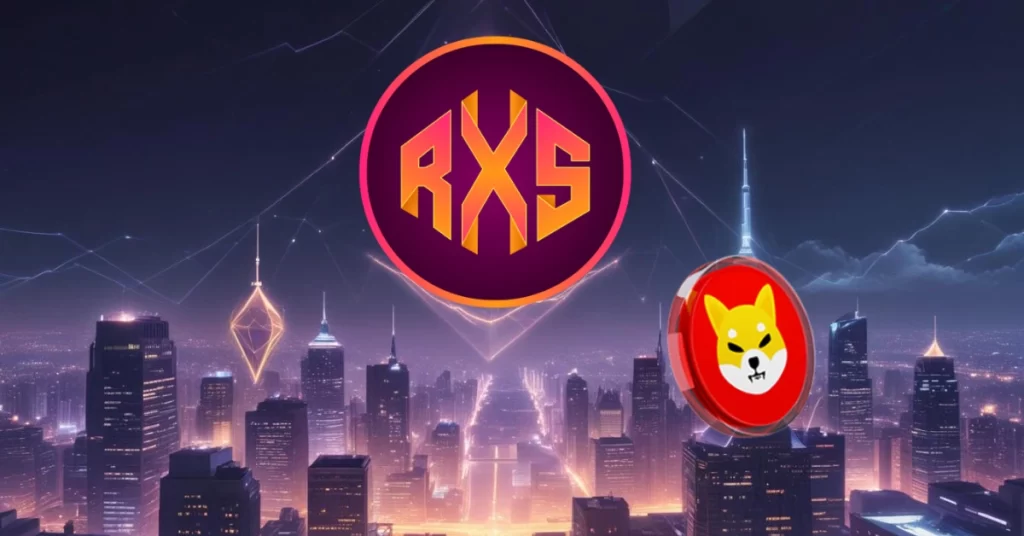You are here: Home / News / Meta Releases Llama 4 Models as US Doubles Down on Open Source Strategy

April 6, 2025 by Bena Ilyas
- Meta unveils Llama 4 Scout and Maverick, its most advanced open-source AI models, claiming they outperform GPT-4o and Google’s Gemini 2.0 Flash.
- David Sacks, new U.S. AI and crypto czar, calls the release a turning point in global AI competition, emphasizing open-source leadership as critical to U.S. dominance.
- Maverick features 128 expert systems, rivaling top models in speed, reasoning, and code generation, despite using fewer parameters than DeepSeek v3.
Meta has launched its most powerful AI models to date, Llama 4 Scout and Llama 4 Maverick and the White House’s newly appointed AI and crypto czar, David Sacks, says the innovation marks a major turning point in the race for global AI supremacy.
“For the U.S. to win the AI race, we have to win in open source too and Llama 4 puts us back in the lead,” Sacks declared in an April 5 post on X, as competition between the U.S. and China for AI dominance intensifies.
Congrats to the @AIatMeta team on the launch of their new Llama 4 open-weights models. For the U.S. to win the AI race, we have to win in open source too, and Llama 4 puts us back in the lead. https://t.co/vNR8PHlmU6
— David Sacks (@davidsacks47) April 5, 2025Sacks, a prominent tech entrepreneur and now a key voice in U.S. AI and crypto policy under President Donald Trump’s second term, has been vocal about the nation’s need to accelerate innovation. Since his appointment following Trump’s inauguration on January 20, he has stressed urgency and leadership, warning, “We can’t be complacent.”
DeepSeek R1 shows that the AI race will be very competitive and that President Trump was right to rescind the Biden EO, which hamstrung American AI companies without asking whether China would do the same. (Obviously not.) I’m confident in the U.S. but we can’t be complacent.
— David Sacks (@DavidSacks) January 27, 2025The Meta Llama 4 announcement seems to affirm his confidence.
On April 5, Meta’s AI division revealed that the fourth generation of its Llama models has officially launched, introducing two new open-source AI systems designed to leapfrog current global benchmarks in multimodal AI performance.
Meta Drops Llama 4 Maverick Outperforms GPT-4o and Gemini
According to Meta, the Llama 4 Scout model boasts 17 billion active parameters and utilizes 16 experts, delivering what the company calls “best-in-class” results across major AI performance benchmarks. It reportedly outpaces top models like Google’s Gemma 3, Gemini 2.0 Flash-lite, and Mistral 3.1.
But the real game-changer could be Llama 4 Maverick. Also leveraging 17 billion active parameters, Maverick scales further with a staggering 128 expert systems, allowing it to rival and in some tests, outperform OpenAI’s GPT-4o and Google’s Gemini 2.0 Flash in both speed and accuracy.
Remarkably, Meta says Maverick holds its ground against DeepSeek v3 on complex reasoning and code generation tasks, despite using just half the active parameters.
The launch of Llama 4 marks a significant leap from Meta’s early AI efforts. It’s been just over two years since the debut of Llama 1 in February 2023, which at the time saw explosive interest with over 100,000 access requests in weeks.
By July 2024, CEO Mark Zuckerberg had already predicted that Llama models would become the “most advanced in the industry” by 2025, a vision that now appears to be materializing.
Meta’s Open-Source Gambit Goes Global
Meta’s decision to keep the Llama models open source adds another layer of geopolitical significance. In contrast to many closed-loop systems developed by tech giants in both the U.S. and China, open-source innovation allows broader access, customization, and community-driven development, a factor Sacks believes is crucial for long-term AI dominance.
“The open-source approach isn’t just about accessibility,” Sacks noted earlier this year. “It’s about democratizing innovation, securing trust, and accelerating global adoption all while ensuring American leadership.”
While AI is the centerpiece here, Sacks’ dual focus on crypto and AI signals a broader strategy from the White House: to align next-gen technologies like blockchain and artificial intelligence into a unified economic and technological framework.
With Meta’s latest release acting as a catalyst, the U.S. is not only gaining ground in AI, it may be setting the stage for a new digital dominance spanning both artificial intelligence and decentralized finance.
As the AI arms race escalates, Meta’s Llama 4 is more than a model upgrade it’s a strategic signal that the United States isn’t just participating in the global AI race. It’s sprinting to the front.
Related | Quantum Computing Threats Prompt Bitcoin Developer to Introduce Security Proposal

 1 day ago
17
1 day ago
17









 English (US) ·
English (US) ·